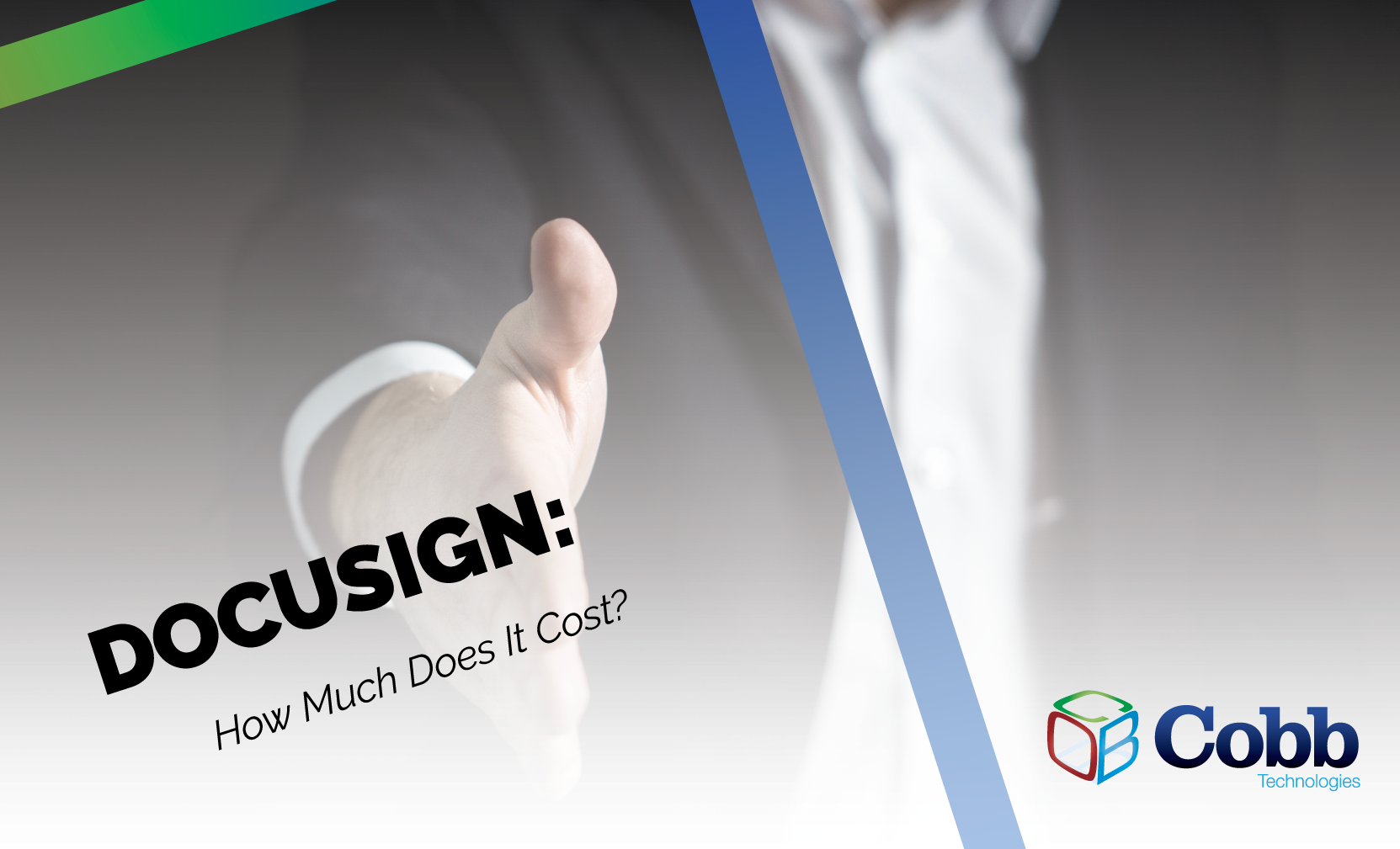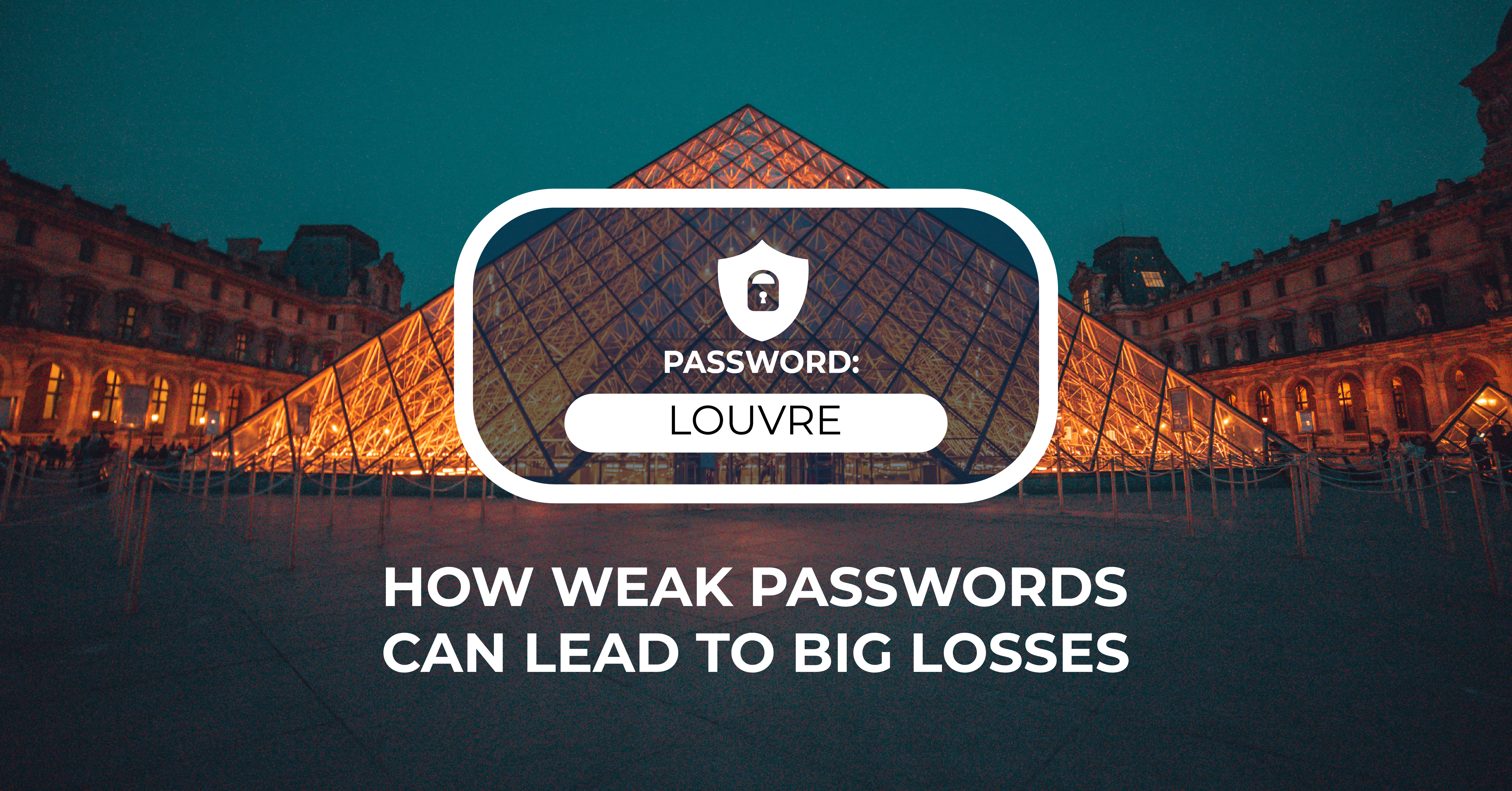2 min read
We “LOUVRE” Strong Passwords: How a Weak Password Can Lead to Big Losses
The Louvre’s password became the punchline of a global story after a heist revealed major security concerns for the museum. Reports say the password...

Every day, business gets a bit more digital. With this digitization comes the need to conduct operations at speed — and the fastest way to slow things down is by relying on physical customer contracts.
This is why more and more, organizations are making use of eSignature platforms like DocuSign. There are dozens, if not hundreds of eSignature options available on the market today, but DocuSign is the most universal of these options due to its integrations with third party software.
Chances are, if you’re reading this blog, it’s because your organization has already identified the need for eSignature software — but it can be difficult to determine which of DocuSign’s service levels is right for your organization. That’s why we’re going to break the DocuSIgn pricing structure, so you don’t have to spend hours researching a solution that is meant to save your organization time.
Before we get into each of DocuSign’s pricing plans, we need to have a frank discussion about eSignature usage limits. While you might expect usage limits on free options for eSignature software, most eSignature platforms come with a maximum number of contracts you can send out per year - for DocuSign, this number tops out at 100 — however, this can be negotiated through their Enterprise plan.
In addition to this, all but DocuSign’s Enterprise plan are designed to be used by five members of your organization. Similarly to the usage limits, this can be negotiated, but in order to do so you must speak to a DocuSign representative over the phone to design a customized plan.
Now, let’s get into Docusign's pricing structure.
DocuSign offers a free plan, allowing you to send three documents per month. This option comes with the ability to add signature fields and basic information to a document, as well as sending that document to multiple recipients.
Their free plan also allows you to track changes made to a document in real-time, in addition to uploading to cloud storage. This plan, like all DocuSign plans, comes with a mobile app version.
Designed for very small businesses and freelancers, DocuSign’s Personal Plan adds on an additional two documents per month (for a total of five), and the ability to re-use documents. These are the only differences between the Personal Plan in comparison to the Free Plan.
DocuSign’s Personal Plan costs $15 monthly, or $10 per month if purchased annually.
DocuSign’s Standard Plan is made with small businesses in mind, and includes all of the features available in their Personal Plan. The Standard Plan allows for 100 documents to be sent per year, for an average of eight-to-nine documents per month, and also gives organizations the ability to customize the branding on those documents. In addition to these features, users can also send notifications, set reminders, and comment on documents.
DocuSign’s Standard Plan costs $40 per month, or $25 per month if purchased annually.
DocuSign’s Business Pro plan will work for most medium-sized businesses, and includes all of the features listed above, in addition to third-party API integration (Google Drive, Box, and Dropbox), the ability to collect payments, add collaborative fields, gather in-person signatures, and the option to embed documents into a webpage using Powerforms.
DocuSign’s Business Pro Plan costs $60 per month, or $40 per month if purchased annually.
Like virtually every cloud-based software solution, DocuSign offers enterprise-level, custom-built packages for large businesses and organizations that are heavily reliant on eSignature software.
This option offers up a world of possibilities of third-party APIs, as well as advanced branding, identification and authentication, and customizable usage limits. The price for this option will depend on the features and limits your organization needs.
If your organization is considering eSignature software, it is best practice to make use of collaboration software that allows you to communicate with contacts both inside and outside of your organization.
To learn more about collaboration software, visit our blog, What’s the Best Collaboration Platform?

2 min read
The Louvre’s password became the punchline of a global story after a heist revealed major security concerns for the museum. Reports say the password...

6 min read
Organizations of all sizes handle enormous volumes of data. Data is one of the most valuable assets of any organization.Unfortunately, it’s also a...

5 min read
In today’s digital-first workplace, your network is more than just a connection point; it’s the foundation of your operations. Whether your...